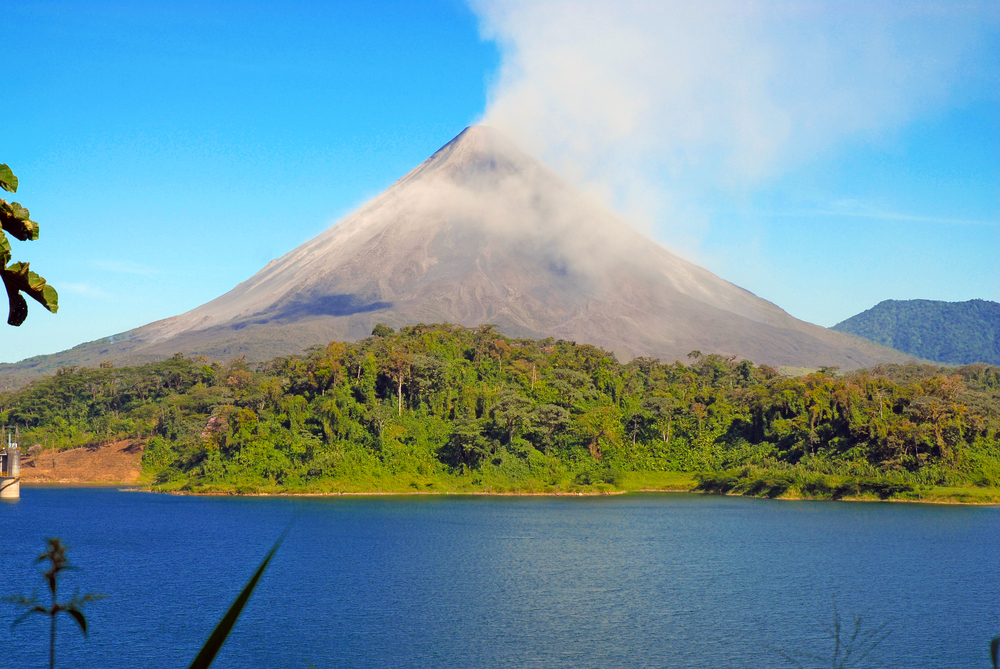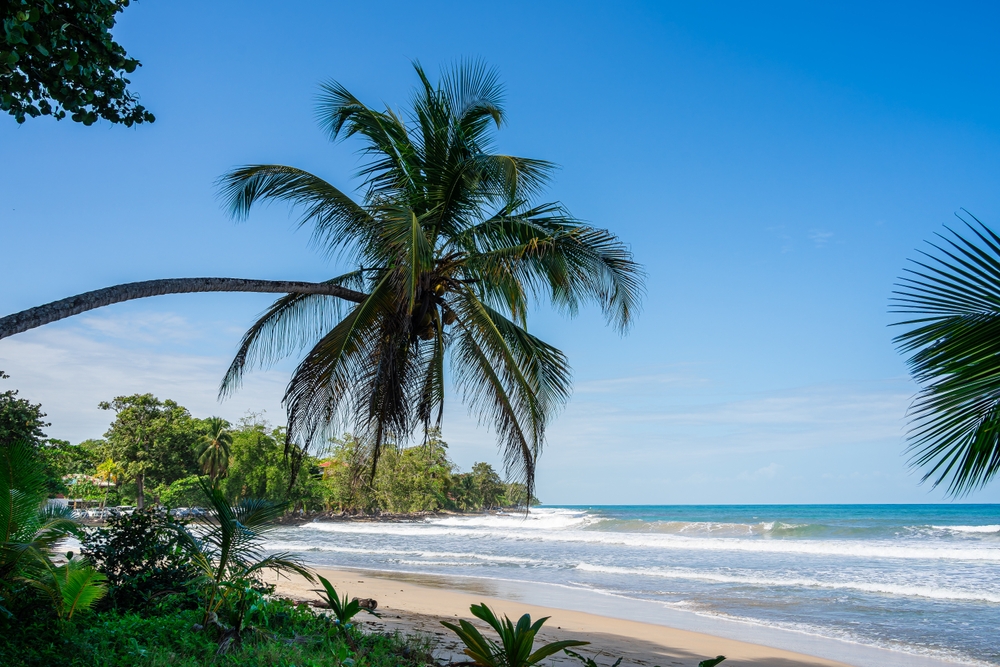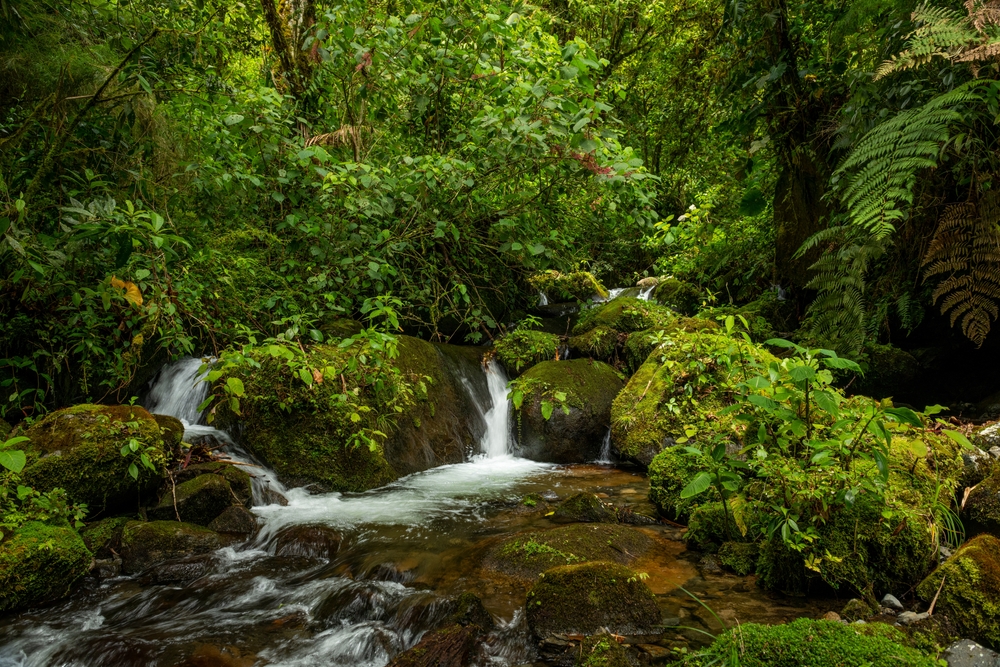Chirripo Overview
Chirripó National Park, known locally as Parque Nacional Chirripó, is one of Costa Rica’s most remarkable natural reserves, spanning approximately 195 square miles (506 square kilometers).
Located in the Talamanca Mountain Range in the southern part of the country, the park is named after Cerro Chirripó, which stands at 12,536 feet (3,821 meters) and is the highest peak in Costa Rica. The park’s remote and rugged terrain features a mix of cloud forests, páramo ecosystems, and glacially carved valleys.
Visitors who trek through the park encounter stunning landscapes that include Los Crestones, a set of towering rock formations, and Valle de los Conejos, an alpine valley known for its unique vegetation and breathtaking scenery. The park’s climate varies dramatically with elevation, shifting from humid tropical conditions in the lower forests to cold, windy conditions near the summit, where frost and occasional snowfall have been recorded.
The park’s diverse vegetation ranges from dense lower montane rainforests filled with towering oaks, bromeliads, and ferns to high-altitude páramo, where grasslands and shrubs dominate. The upper regions are characterized by hardy plants adapted to extreme temperatures and poor soil conditions, such as dwarf bamboos and Espeletia, a plant common in high-altitude environments of Central and South America.
The montane cloud forests, draped in moss and orchids, are home to a rich variety of plant life, many of which are endemic to the region. The park’s glacial valleys, once shaped by ancient ice formations, feature crystal-clear lakes such as Laguna Ditkevi and Laguna San Juan, which provide crucial habitats for local wildlife.
Wildlife in Chirripó National Park is both abundant and diverse, offering visitors a chance to see some of Costa Rica’s most iconic species. Mammals such as tapirs, jaguars, pumas, and ocelots roam the forests, though they are elusive and often difficult to spot. More commonly seen animals include white-nosed coatis, peccaries, and a variety of rodents and marsupials adapted to life in the highlands.
The birdlife in the park is particularly impressive, with species like the resplendent quetzal, which boasts iridescent green and red plumage, being a prized sighting among birdwatchers. Other notable avian species include the black guan, fiery-throated hummingbird, and the timberline wren, which thrives in the park’s high-altitude shrublands.
Visitors to Chirripó National Park primarily engage with the park through hiking, with the most popular activity being the challenging ascent to the summit of Cerro Chirripó. The trek typically begins in the small town of San Gerardo de Rivas and follows a steep 14.5-mile (23.5-kilometer) trail that winds through multiple ecological zones before reaching the peak.
Along the way, hikers pass through cloud forests, grasslands, and rocky terrain, experiencing dramatic shifts in scenery and temperature. Many visitors choose to stay at Crestones Base Lodge, a rustic accommodation located near the summit, allowing them to rest before making the final push to the top to witness the sunrise, which offers spectacular views extending to both the Pacific Ocean and the Caribbean Sea on clear days.
Chirripó National Park faces several conservation challenges, including climate change, which affects its fragile high-altitude ecosystems. Human activities such as agricultural expansion and illegal logging have historically threatened the park’s biodiversity.
However, conservation efforts led by the Costa Rican government and environmental organizations have helped protect its unique habitats. Controlled access to the park, requiring permits for visitors, helps minimize environmental impact while ensuring that its delicate ecosystems remain preserved for future generations.



















































































